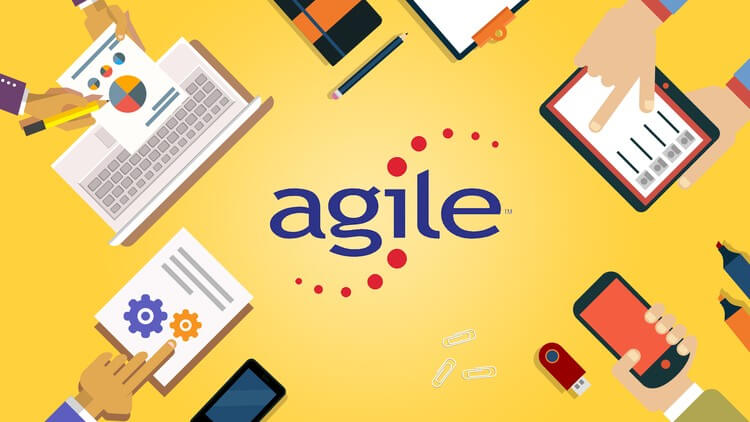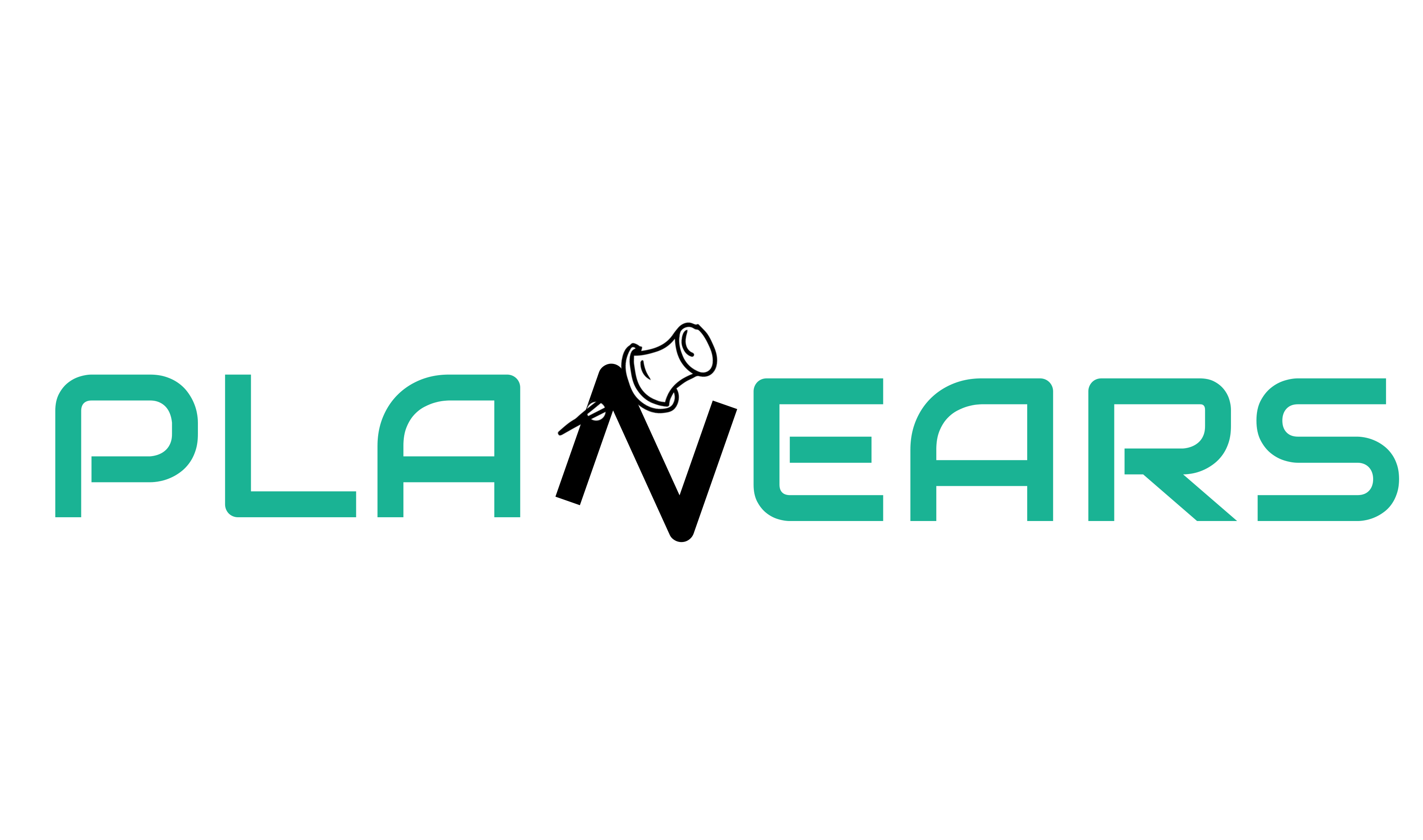Effective project management with Agile modeling
Project management involves planning, organizing and managing different tasks to achieve the targeted results in a project.
One of the first decisions we face when we start a project is, which development methodology should we follow in order to execute it perfectly?
There are two most popular project execution methodologies available as of now. One of them is the Waterfall model and the other one is the Agile model. Both of these are usable and mature methodologies. We just need to figure out that which one is more effective for a particular project to manage it smoothly.
Let’s go through them one by one as of how beneficial they are in terms of managing a project.
Waterfall model :
The waterfall is a project execution approach where a project is completed in distinct stages and moved step by step toward ultimate release to consumers.
It is basically a traditional approach applied for software development. It relies on teams following a sequence of steps and never moving forward until the previous phase has been completed. So managing these projects is a hard nut to crack as they involve managing most of the queries manually. So this ultimately results in high development as well as the management cost of the project.
The major drawback of this model is, it leaves almost no room for unexpected changes or revisions. So if any time in the development phase, there is a change in requirement or business plan then it is a big hassle to manage it within the given budget and time constraints. On top of that, we need to follow the whole cycle (from step 1 to n) again even for a small change.
If your team is small and your projects are predictable, then Waterfall could provide the ideal framework. However, in the case of projects with a larger scope than I would suggest adopting the Agile modeling for this as it not only gives you progressive updates but also reduce your managing burden.
Agile model :
It was originally developed for the software industry to streamline and improve the development process in an effort to rapidly identify and adjust for issues and defects. Agile modeling is an iterative, team-based approach to development. This approach emphasizes the rapid delivery of an application in a complete functional component. It uses short development cycles called “sprints”. Each sprint has a defined duration (usually in weeks) with a running list of deliverables, planned at the start of the sprint.
Let’s have a clear insight into how agile method is more efficient, I have listed a few key features below to elaborate further,
An agile methodology can :
- Can deploy software quicker, so your customer can get value sooner rather than later.
- Waste fewer resources because you always work on up-to-date tasks.
- You can better adapt to change and respond faster.
- Detect and resolve issues more quickly.
- You can get immediate feedback (which also improves team morale).
- Developers can improve their coding skills based on QA feedback.
- You don’t have to worry about premature optimization.
- You can experiment and test ideas because it costs are low.
How Agile is efficient in terms of project management ?
Managing a project developed under the Agile model is easy as compared to any other model. As in this approach, the project scope is divided into small sprints and hence it brings ease to the life of managers to manage these individual sprints in accordance with the overall scope.
Let’s run through some of the points as of how Agile based projects are helpful in management :
- Managing small sprints is easy as compared to handle overall project scope.
- Resource management becomes efficient.
- Change requests can be catered easily.
- Achievable goals and timelines.
- Progressive development gives you clear insights of the project going on the right track or not.
- Less or no management cost.
And many more…
Also, there are several automated tools available for project management based on the Agile model like Jira, Asana, Trello, Planears, etc. So manual effort for managing a project reduces to a minimum level and hence increase the probability of a successful release of the project.
Planears and agile project management :
Planears provides a fully integrated project management module that helps you design sprints, based on an agile modeling. It means you can work faster, better and have more accurate outcomes by choosing Planears for agile project management. The addition of an agile model in Planears, which already is a brilliant platform equipped with modules that ensure higher productivity rate with the low expense, increases its worth exponentially.
Therefore, according to my opinion, it is wiser for you to choose the Agile modeling for project development and Planears for handling these projects. And you will see an increase in the productivity and decrease in the overall expenses for the projects. As Planears will support you to attain better and more reliable outcomes in your projects.




